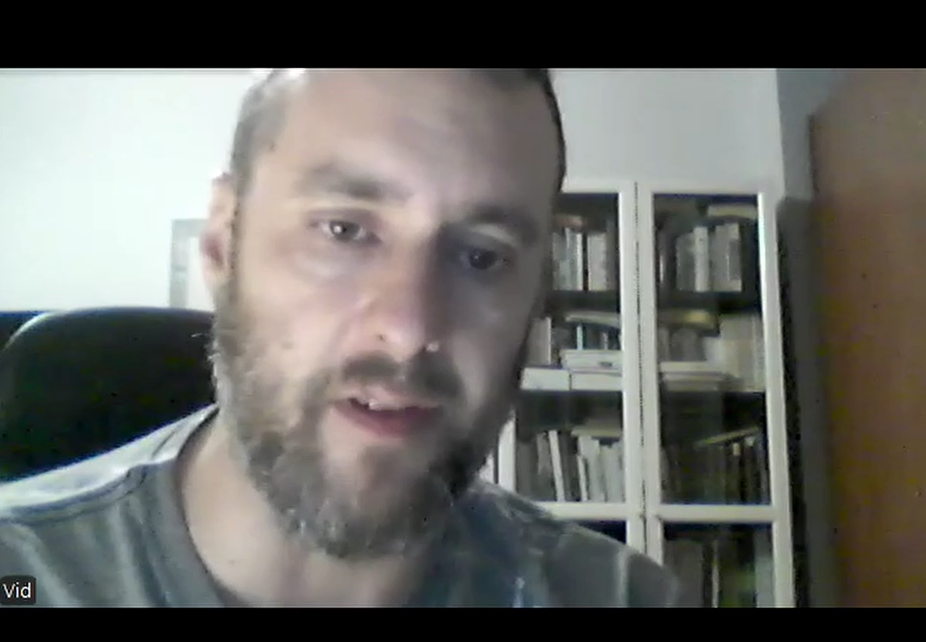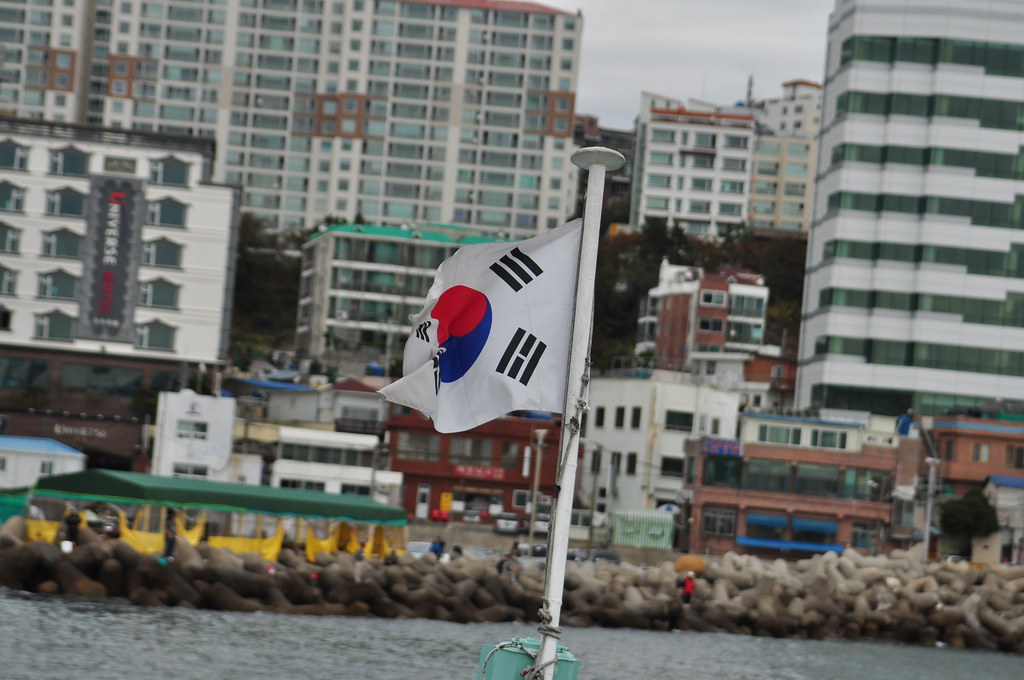By Matija Šerić
After the dissolution of the Soviet Union and Ukraine’s declaration of independence in 1991, the Ukrainian government launched efforts to transition the economy from a planned system to a market-based one. This transition process led to severe economic hardships and widespread poverty. In the first decade of Ukraine’s independence, nearly 80% of the population was pushed into poverty. Unemployment soared at an alarming rate, with female unemployment reaching an astounding 64% in 1997. The economic collapse left the nation vulnerable and forced many women into the hellish world of prostitution and human trafficking as a means of securing even the most basic financial income.
As the years passed and Ukraine remained a poor country, prostitution gradually became an unwanted symbol—an unofficial brand—of modern Ukraine. The country certainly has many advantages and positive traits: its agriculture (being the “breadbasket of Europe”), unique architecture, rich historical and cultural heritage, beautiful landscapes, and traditional Ukrainian cuisine. These are all indisputable. However, for many people around the world, the first association with Ukraine is a negative one—prostitution. To be fair, this negative image did not emerge recently. Even during the Cold War, many impoverished Ukrainian women fled the USSR and were drawn into prostitution in Western Europe, as well as in Yugoslavia.
Prostitution – A Problem That Remains Unsolved
Prostitution is formally illegal in Ukraine, but in practice, it is widely tolerated and largely ignored by the government. In January 2005, the Verkhovna Rada passed stricter penalties for human trafficking and forced prostitution, as previous laws criminalizing organized prostitution had little effect. However, the situation did not improve. The results remained poor because the laws were enforced partially and hesitantly—nearly 70% of those convicted for human trafficking avoided serving prison sentences. As Ukraine opened up to the world, especially after co-hosting the 2012 UEFA European Football Championship with Poland, sex tourism experienced a significant boom.
Ukraine became a destination frequented by many wealthy foreign tourists from Europe, the U.S., and elsewhere, drawn by perceptions of “cheap” and “easy” women. Ahead of the European Championship, some politicians advocated for the legalization of prostitution to bring order to this lucrative industry, improve medical care for sex workers, and generate new tax revenues. However, legalization did not happen. Meanwhile, the Ukrainian feminist organization Femen held protests against prostitution before and during the Championship—an effort documented in the 2013 film Ukraine is Not a Brothel.
A Widespread Practice
Before the Russian invasion in 2022, Ukraine was one of the most popular European destinations for sex tourism. According to the Public Health Center managed by the Ukrainian government, prostitution was widespread in the country before the invasion, with approximately 53,000 sex workers. According to the Ukrainian Institute for Social Studies, prior to the outbreak of the Ukrainian crisis in 2014, the highest numbers of sex workers were located in the Kyiv region (around 10,000), the Odesa region (about 6,000), and the Dnipropetrovsk region (around 3,000), followed by Donetsk, Kharkiv, and Crimea.
Research by the Ukrainian State Institute for Family and Youth Affairs shows that for many women, sex work had become their only source of income: more than 50% supported their children and/or parents. Underage girls are often forcibly drawn into prostitution. These girls typically come from the poorest segments of society. Many lack families or come from socially troubled households—parents who are addicted to alcohol or drugs. In 2016, about 10% of human trafficking victims in Ukraine were adolescents. Approximately 10% of the teenage population living on the streets without families provided sexual services to men in exchange for money or food.
Ukrainian Women – Victims of International Human Trafficking
Ukraine has become a promised land for international human trafficking networks seeking to recruit local women and girls to work for them around the world. Of all the former Soviet republics, Ukraine is the largest victim of human trafficking. In 1998, the Ukrainian Ministry of Internal Affairs estimated that 400,000 Ukrainian women had fallen victim to trafficking over the previous decade, while other NGOs reported even higher figures.
According to the UN’s International Organization for Migration, more than 500,000 Ukrainian women were involved in trafficking operations to the West between 1991 and 1998. A 2016 study found that Ukrainian citizens made up 80% of individuals trafficked by criminal networks, with 60% of them being women. Most victims of sexual trafficking are young women aged between 17 and 26.
Even before the Russian invasion, many Ukrainian sex workers were living in Poland. Estimates put their numbers between 10,000 and 20,000. A large number of Ukrainian sex workers are also present in popular destinations across Europe (e.g. the Netherlands, Germany, Spain, Greece, Turkey), as well as further abroad (e.g. UAE, Thailand, South Korea, Japan). Ukrainian sex workers represent the largest group of foreign women involved in prostitution in Turkey and the second-largest group working near U.S. military bases in South Korea. Alarmingly, 80% of victims were unemployed before leaving Ukraine.
Human traffickers exploit the dire socio-economic situation to recruit women into prostitution. Many girls are deceived into leaving their homeland with promises of lucrative work. Criminals lie to their victims, claiming they will be employed as masseuses, dancers, or shop assistants. Victims typically leave Ukraine with legal documents such as passports and visas (in 70% of cases). Most cross the border legally, only to be imprisoned upon arrival by pimps who confiscate their documents and demand they earn a specific amount of money to “repay their debt” and buy their freedom.
If they succeed in repaying the “debt,” some women become traffickers themselves. Unfortunately, this is not uncommon. These women return to Ukraine boasting of huge earnings and recruit new victims. Many, however, never manage to pay off their debt and remain trapped in the hell of prostitution, often falling into drug or alcohol addiction.
Russia’s Invasion Adds a New Dimension to the Problem
The Russia–Ukraine war has significantly reduced the income of sex workers and severely undermined support programs such as drug addiction treatment and HIV care. Before the Russian invasion, Ukraine had a large number of people living with HIV, making it a priority for the country’s healthcare services. By the end of summer 2022, about one-third of people receiving help for HIV or drug addiction had lost access to care. That number has since fallen further, with only about 20% of recipients still receiving aid. Years of progress in public health have been undone by the war. Most affected are women who are or have been involved in sex work. Despite the lack of adequate healthcare, many women have no choice but to continue working in the sex trade to survive. The same applies to men, although they are involved in far smaller numbers.
In the city of Dnipro, the charity organization Virtus registered 2,300 sex workers in 2022, with many more having moved to the city to flee active fighting. Due to disrupted supply chains, social workers now have fewer condoms to distribute. The spread of HIV is among the top concerns for social workers. Antiretroviral treatment helps reduce the risk of transmission from sex workers to clients, and thereby to the wider population. However, during the war, around 40 Ukrainian HIV treatment centers ceased operations—about half of them due to damage from shelling.








